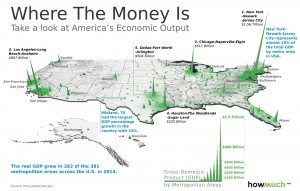From the Star Ledger:
N.J. has worst business tax climate in U.S., study finds
New Jersey’s high property and income taxes contribute to its standing as the nation’s least attractive tax climate for businesses, according to a Washington tax policy group’s annual ranking of the 50 states.
The Tax Foundation, a public policy group that has two former Republican lawmakers on its board of directors, considered five metrics, including corporate, individual income, sales, unemployment and property taxes to arrive at an overall rank. New Jersey ranks dead last — a distinction the Garden State has had since at least 2013.
“New Jersey… is hampered by some of the highest property tax burdens in the country, is one of the two states to levy both an inheritance tax and estate tax, and maintains some of the worst-structured individual incomes in the country,” according to the study.
With average homeowner property tax bills exceeding $8,000, New Jersey ranks 50 of 50 on property taxes. New Jersey doesn’t fare much better in a comparison of individual income and sales taxes, registering at 48 and 47, respectively.
It climbs a few spots up to 43 in the ranking of corporate business taxes. But the state’s best showing , 31st, is on the unemployment insurance tax.
The left-leaning Trenton think tank, NJ Police Perspective, said in a statement that “business tax climate” shouldn’t be confused with “business climate,” noting that New York ranked one slot higher than New Jersey but has “recovered from the recession with gusto.”

